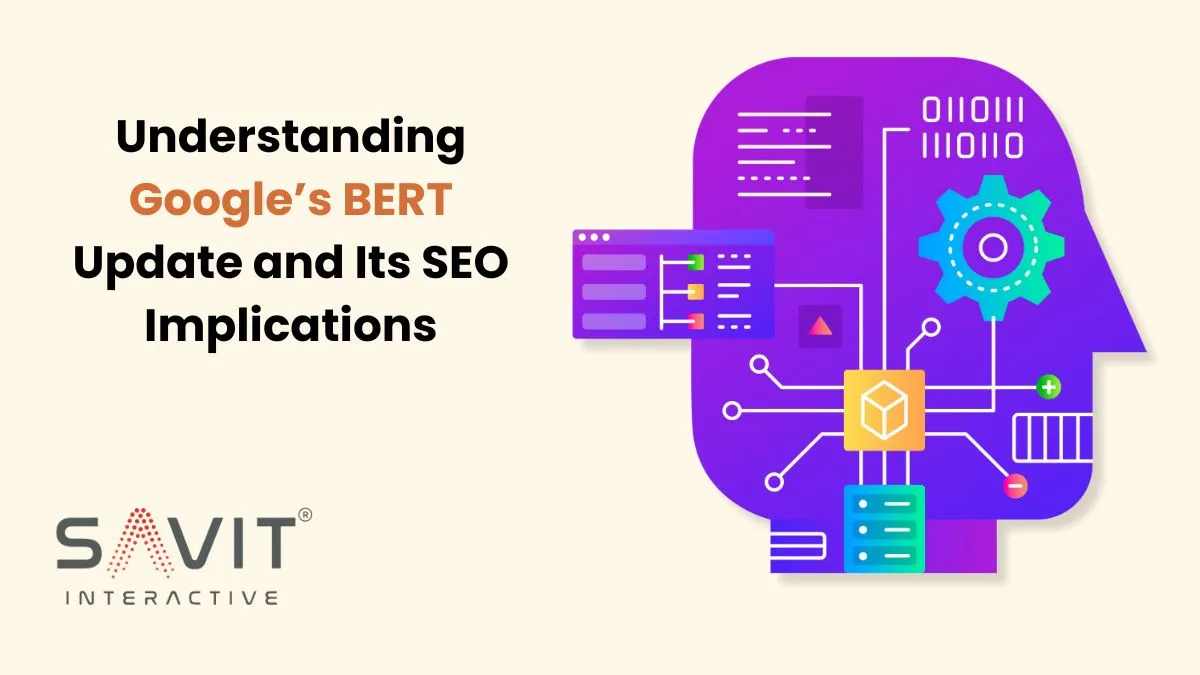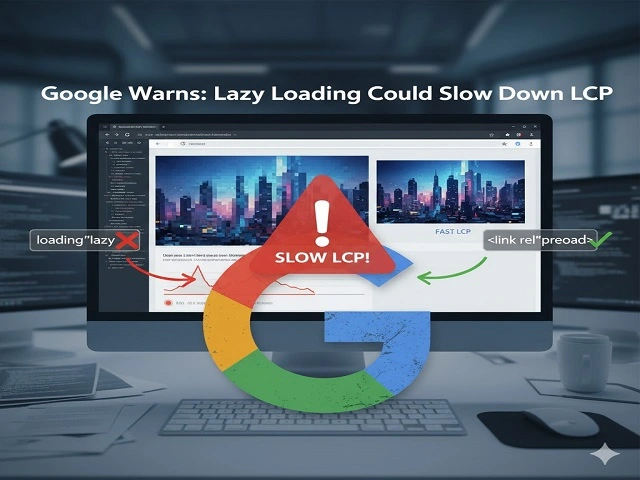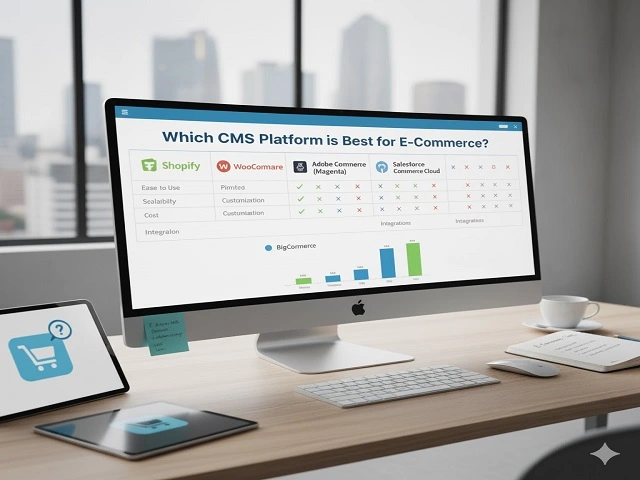When Google launched the BERT update in 2019, it changed the SEO landscape forever. Standing for Bidirectional Encoder Representations from Transformers, BERT is designed to improve how search engines grasp the meaning behind the words we type. This advancement ensures users receive more precise and contextually relevant search results.
For businesses and marketers, the implications of BERT are profound. Staying informed and adjusting your SEO strategies is vital to remain competitive. That’s were Savit Interactive steps in! With their expertise in digital marketing, they help businesses adapt to new technologies and optimize their online presence.
What is Google BERT?
The Google BERT update was introduced with the goal of improving the way search engines understand user intent. Traditional search methods usually just look at keywords by themselves, which can miss the subtleties of how we actually talk. Google’s BERT technology helps it better understand search requests by looking at how words in a sentence relate. This means Google can give you more accurate results, especially for complicated searches.
BERT improves Google search by better understanding context, making searches smoother for users.
How Does BERT Work?
To understand the impact of BERT and SEO, it’s essential to grasp how this update works. Unlike older models that looked at words one after another, BERT examines words in both directions at the same time. This helps it understand their meanings better.
BERT helps Google understand complex questions better by looking at how words in a sentence relate to each other. This is important because people now search using more natural, conversational language.
For SEO experts, this means Google is better at figuring out what people are searching for, even if they don’t use the same words as your site’s keywords.
The SEO Implications of Google BERT
The introduction of Google BERT update has brought significant changes to the world of SEO. Here are some key implications:
1. Focus on High-Quality Content
The days of keyword stuffing and optimizing content solely based on isolated search terms are long gone. BERT rewards websites that produce high-quality, contextually rich content. Now, it’s more important than ever to write content that naturally fits with how users ask questions. To succeed in the age of natural language processing SEO, your content needs to be informative, clear, and relevant to your audience’s needs.
2. User Intent is King
With BERT and SEO, search engines are now better at understanding what users want, even when they don’t ask explicitly. SEO strategies must now emphasize satisfying user intent. SEO experts should focus more on answering user questions than on using keywords.
3. Long-Tail Keywords Matter
One of the most noticeable changes post-BERT is the enhanced understanding of long-tail keywords. Longer search queries use complex language that BERT can understand. Focus on using detailed keywords, often found in everyday conversation, to improve your content.
For example, a search query like “how to bake a cake without eggs” might previously have been interpreted as multiple separate keywords. With Google BERT, Google now gets the meaning of whole phrases better and gives more relevant results. So, it’s important for content to fully answer specific questions.
4. Conversational Search is on the Rise
Voice search has been growing in popularity, and BERT further accelerates this trend. BERT is better for voice searches that sound like normal talk because it understands natural language. As voice search continues to rise, content that mirrors natural language becomes more important. Structuring your content to match these conversational search patterns is essential.
How to Optimize Your SEO for Google BERT
Here are a few strategies to optimize your SEO efforts in the post-BERT world:
1. Prioritize User-Focused Content
Rather than writing content solely around keywords, think about how to best answer the queries your target audience is asking. Content should be natural, helpful, and cater to the user intent behind common questions.
2. Optimize for Context, Not Just Keywords
While keywords are still important, context is king with BERT and SEO. Make sure your content is rich in context, meaning it should naturally flow and provide value in a conversational way. This helps Google understand how your content fits the user’s query.
3. Structure Content for Clarity
Proper formatting is essential for both search engines and readers. Use subheadings, bullet points, and structured data to make it easy for Google to interpret your content. Content that is clear and organized does better in search results, especially because of Google BERT.
4. Don’t Overthink Keyword Placement
Gone are the days of obsessing over exact keyword matches. With natural language processing SEO, Google understands the context of words, so there’s no need to force keywords into awkward spots. Write naturally and think about providing value to users.
Conclusion
The Google BERT update greatly improves how Google understands human language. This means it’s more important to write content that is easy to read, relevant, and answers people’s questions. Now, SEO is less about using specific keywords and more about focusing on what users really want to know.
By writing in a natural way that follows SEO rules, you can keep your website ranked high in search results. This not only benefits your audience but also boosts your SEO success.
Ready to decode the complexities of BERT? Partner with Savit Interactive to optimize your SEO strategies and ensure your business stays competitive. Our team of experts is here to guide you through every step. Contact us now and unlock your website’s full potential!



